The UN Climate Change secretariat
I joined the UNFCCC in July 2021. I am part of the Adaptation program, in the Response Subdivision. That means I get to work with the National Adaptation Plans (NAPs) Team, the Least Developed Countries Expert Group (LEG), the Loss and Damage unit; and every so often I get to help other Constituted Bodies of the Adaptation program.
This diagram explains better the structure and the teams I am part of. You can read more about the UNFCCC’s organizational structure here.
Our work
While I had experience working on multidisciplinary teams of diverse cultural backgrounds, working at the frontier and highest authority of a pressing, yet fairly new, issue has been a rewarding challenge. Climate Change Adaptation, including loss and damage, is still in its infancy. Every day we find all types of innovation arise; with early warning systems, or frameworks and conceptual models for best practices, and monitoring and evaluation being “designed” as we go by an impressive collaboration of an extensive network of UN experts, universities, government agencies, NGOs and private institutions working along or directly involved with our teams. Beyond the opportunity to explore, innovate, and research in this sector, the most important and rewarding part is the implementation of Climate Change Adaptation. When our work supporting developing countries translates into coherent National Plans aligned high impact policies, technical expert groups, and/or projects that have or will access funding, especially for the Least Developed Countries.
My Role
As a transdisciplinary design strategist I get to bring many skills to the table, but the ones that have proven the most valuable have to do with communication. Some of the questions I have helped “answer” are:
What insights can we extract from the data we collect and how can we best communicate our learnings from others to use them?
How could we increase information transparency and accessibility for all our stakeholders?
Moreover, how can we understand better the needs, pains and wants of these stakeholders?
What is the best way to communicate abstract concepts such as new frameworks, complex concepts with multiple relationships, or turn long pieces of information into user-friendly storytelling pieces?
1. Adoption of design and systems thinking methodologies
I am supporting the Loss and Damage unit with a series of co-design workshops to redefine the audience of their products and services. Sometimes when working strictly from a mandate, teams aren’t given a lot of room to reflect on “who” they are working for and “what” they are working towards. Trying to take advantage of the valuable experience and knowledge of this unit, it makes sense to take a pause and map all the stakeholders, analyze them and through design methodologies, come up with innovative ideas on our role beyond the mandate, and the products and services we can design for the primary and secondary stakeholders and their needs.
2. Interactive data exploration
The NAP and LEG teams gather a lot of data regarding Climate Change Adaptation, and it’s quite challenging to be able to visualize and analyze it all beyond excel tables to extract insights. As a transdisciplinary professional, I can use my data science skills to tidy the data, analyze it and come up with creative ways to best communicate the insights. A good example is this interactive tree visualization that allows you to arrange the data that tracks where different developing countries are on their NAP process.
3. Website and platform development
Looking to increase information transparency and accessibility for all our stakeholders we developed NAP Central, a digital ecosystem where one can find everything regarding National Adaptation Plans, from the NAP technical guidelines and NAP progress reports to interactive data dashboards and more information on the different initiatives created to support developing countries. One of these initiatives is Open NAPs, a way to increase the efficiency and quality of NAPs for least developed countries by making them an open-source collaboration piece. So far 6 countries have been part of the Open NAP initiative, and we are currently in the process of developing a special platform that integrates the tools we have used in these 6 countries to scale the initiative and the number and quality of NAPs it can produce.
It is worth noting that while the UNFCCC has a highly demanded ICT team, as a transdisciplinary designer, that goes beyond UI and UX, working along with my teammates we can build functional prototypes that allow us to get some of these initiatives up and running as well as testing them before the ICT team can perfect them.
4. Visual Communication
Probably the skill that I have used the most is the ability to translate abstract concepts, complex processes, relationships and other types of information into diagrams, storytelling pieces and visual identities.
Below are the four types of pieces I most commonly create at work:












